It’s understandable that for some brands, the potential of KOL marketing in China is hard to grasp, or simply difficult to justify. Marketers like to measure ROI via reliable metrics like pays per click or direct conversions from an ad campaign. “That’s not actually what KOLs are best at,” says PARKLU CMO Elijah Whaley. “If you think about what a KOL has built, they built all their influence on their ability to create free value for a community.” In contrast, Whaley says, few KOLs are influential primarily because of their ability to sell to their followers, even if they can be effective drivers of direct sales.
Consider the context of the culture. The typical Chinese customer requires eight touchpoints before making a purchase decision, that’s twice as many as most Western consumers. “China is defined by a high-context culture.,” Whaley says. “They require deeper levels of trust and connection to feel safe when buying a product. That’s one of the reasons why when you go to a Taobao store, there is so much depth of information about the product. You would never see that in the West.” This means that the relationships Chinese consumers have with products and even other consumers of products is incredibly important.
Direct ROI KOL Marketing
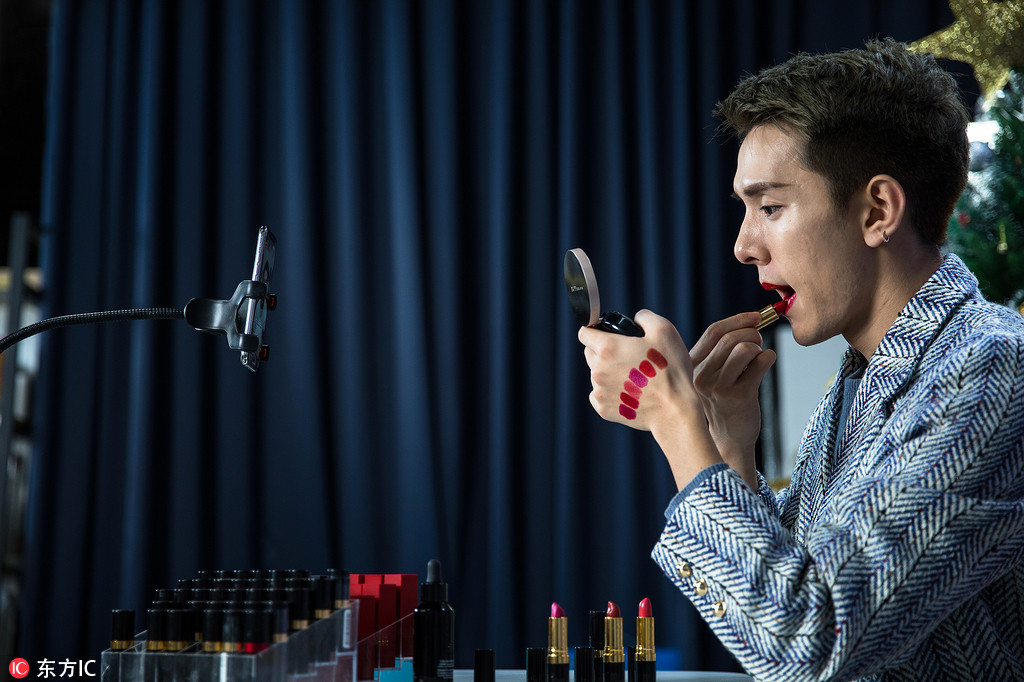
Chinese male beauty blogger Li Jiaqi, livestreaming lipstick reviews on Taobao
Though everyone gets excited about male beauty blogger Li Jiaqi’s ability to generate direct ROI, we again must consider the context. Li Jiaqi’s real purchasing leverage is on Taobao, pushing livestream sales to his own store. Live-streaming on Taobao is much further down the buyer’s journey at the decision-making stage, therefore, he is able to generate direct content to sales conversions. The same is not true on other social platforms as the user intentionality of other social and content platforms is different.
KOL marketing in China is essentially intangible in nature. The results of a successful influencer marketing effort could mirror a branding campaign—greater awareness or improved perceptions of the brand among consumers. The challenge is to measure that impact and try to give it a monetary value that brands can understand. That is why PARKLU created a “Media Value” metric to give brands a tool for understanding the value of a single post by a given KOL.
Break-even KOL Marketing
Using the Media Value concept, Whaley encourages brands to think of working with KOLs in terms of break-even KOL marketing. The principle of a break-even marketing campaign is that the brand pays the KOL for a post, with the Media Value being 2x to 6x the fee charged by the influencer. Rather than obsessing over ROI in terms of units sold as a result of the campaign, Media Value gives the brand a language to understand that influencer partnerships yield returns over a more extended period of time.
Some of PARKLU’s biggest clients are financial institutions and hedge funds that look at the awareness which KOLs create for brands and correlate that with increased sales volumes over three-month time frames. “Brands are too short-sighted. They focus on what immediate actions were taken instead of understanding relationship development and the buyer’s journey,” says Whaley.
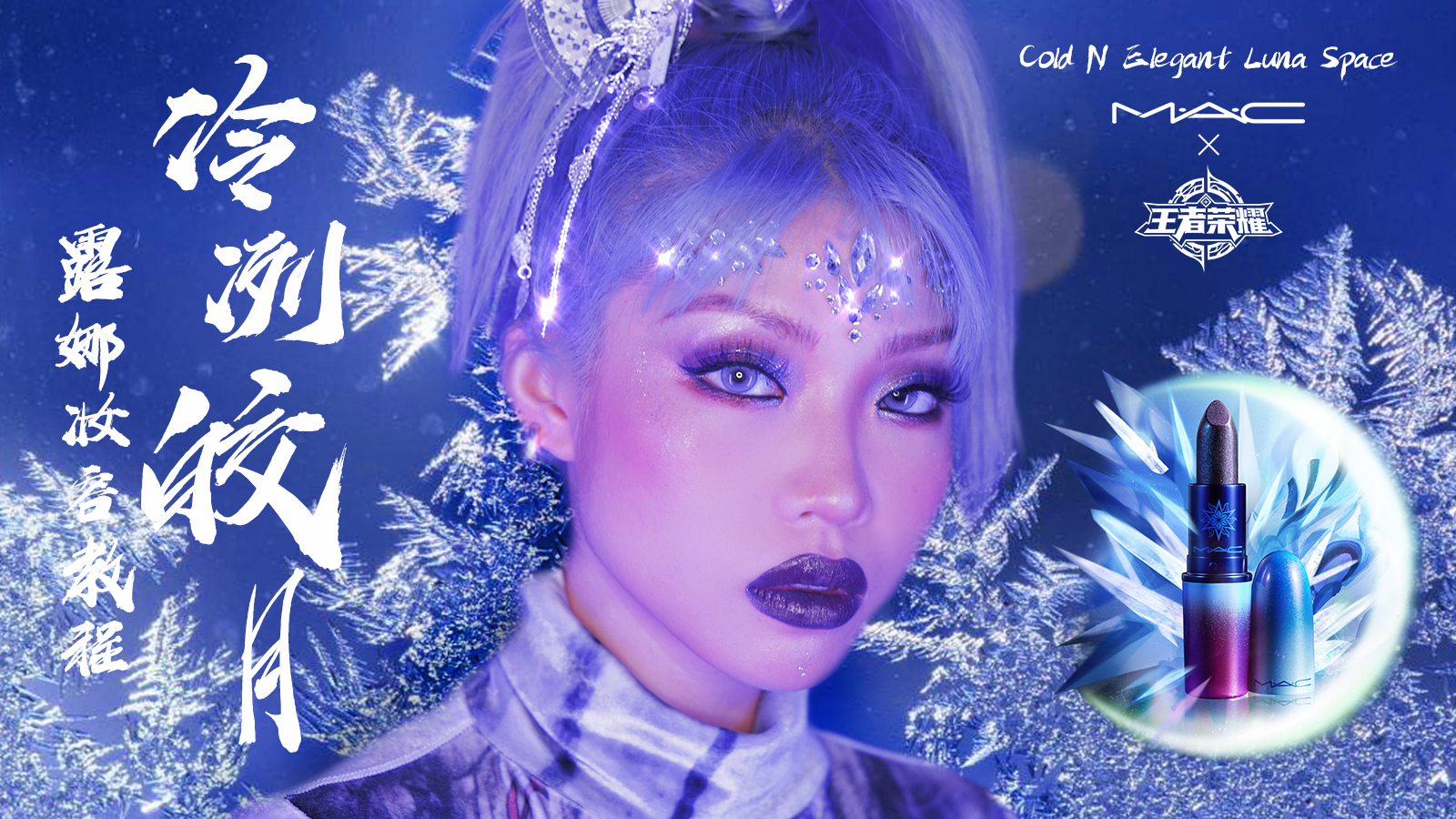
Top Ranking Weibo Beauty KOL Melilim (Maggie) Fu
Brands can extend the break-even mindset to sales associated with the campaign. According to Whaley, the right approach is “we’re not going to focus on thinking we have to sell so much, let’s just make campaigns that don’t cost anything.” Working with KOLs on campaigns featuring unique, limited edition items can be a good way of achieving this end, Whaley says. For example, cosmetics brand MAC worked with top-ranking Weibo beauty KOL Melilim (Maggie) Fu on a campaign promoting a makeup box set. MAC only had 50 of the RMB 1,190 boxes available, making up a total product value of RMB 50,000. That was equal to the influencer’s fee for the post, meaning MAC was able to break even in real terms simply by selling the 50 lipstick sets. MAC was thus able to enjoy the Media Value of audience awareness and affinity as a bonus.
Add value besides direct ROI or break-even
Going beyond break-even, Whaley says brands may receive added value for their initial investment in partnering with a KOL. Reciprocity and a sense of mutual indebtedness are often features of guanxi-based relationships in China, and Whaley says this can play into the ways brands work with influencers. He suggests brands should product seed to KOLs they have worked with previously. “Pay to work with an influencer once, and then product seed to them every other week for the next three months,” Whaley says. “I can almost promise you they will post about every single one of those products because they feel indebted and want future paid collaborations.”
Whaley says that brands should remember they can also play the role of collaborator with KOLs, helping the influencer to create unique, valuable content for their audience. “If you do it right it can be more interesting—this could be your opportunity to cater to your audience that’s specially designed for them,” Whaley says. Consider the ways the influencer is going to feature your product. How will they interact with the product? Can you introduce a more personal touch for KOL marketing in China?
“There are so many different ways that provide value to that influencer’s audience,” Whaley says. “The only purpose behind that from a brand’s standpoint is to break even, but if you’ve really leveraged the influencer in a positive way, then you’re going to have built an affinity with that audience, you understand what they love and you show that you know that.”
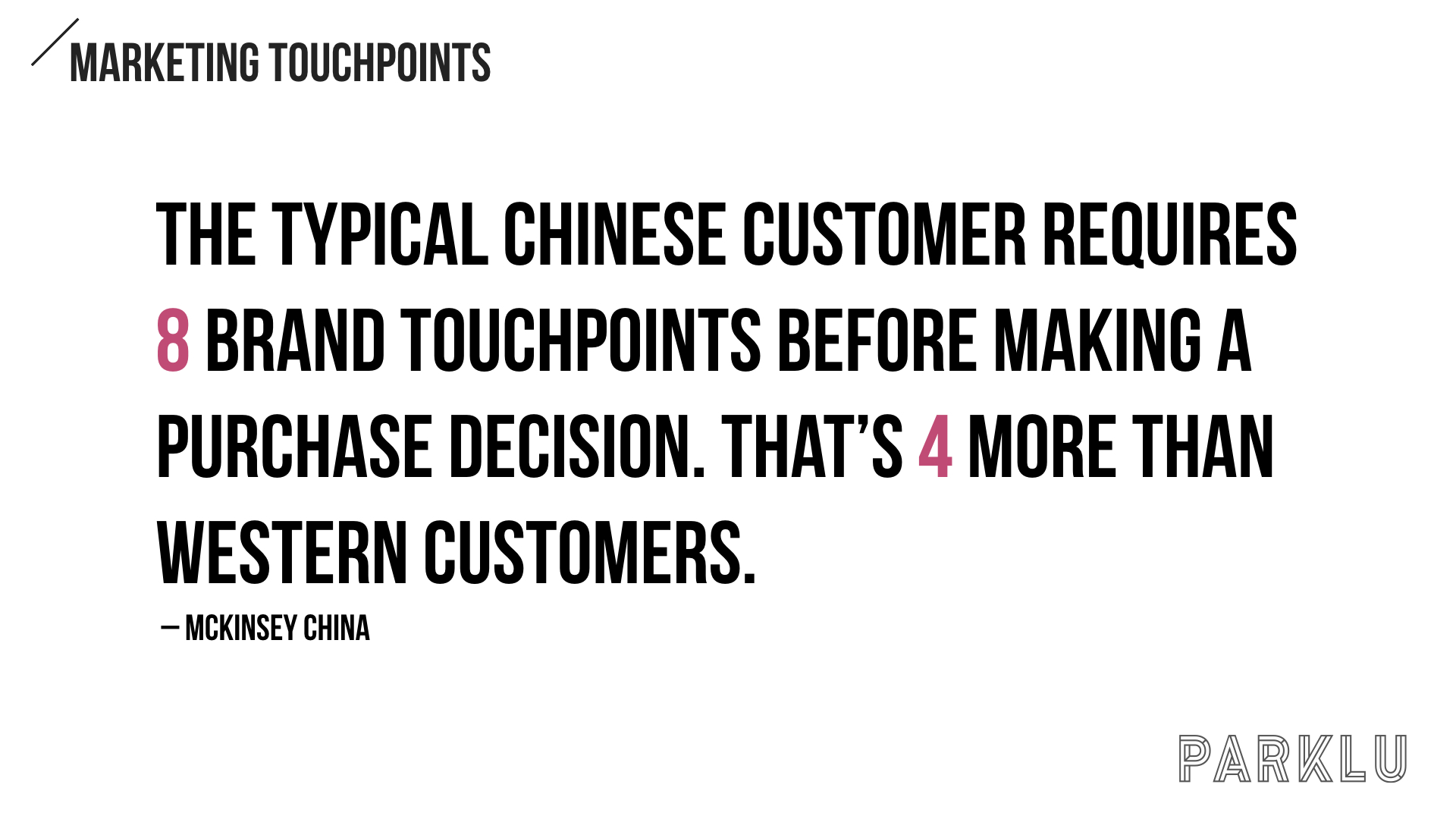
Ultimately, for brands considering honing their KOL approach for more cost-effective campaigns, a break-even marketing strategy can make it easier for brands to stomach an influencer relationship that might not produce any tangible ROI—at least not immediately or direct. There are tactics and levels of sophistication which the vast majority of brands lack. But there is little doubt that KOLs are influencing ultimate purchase decisions.

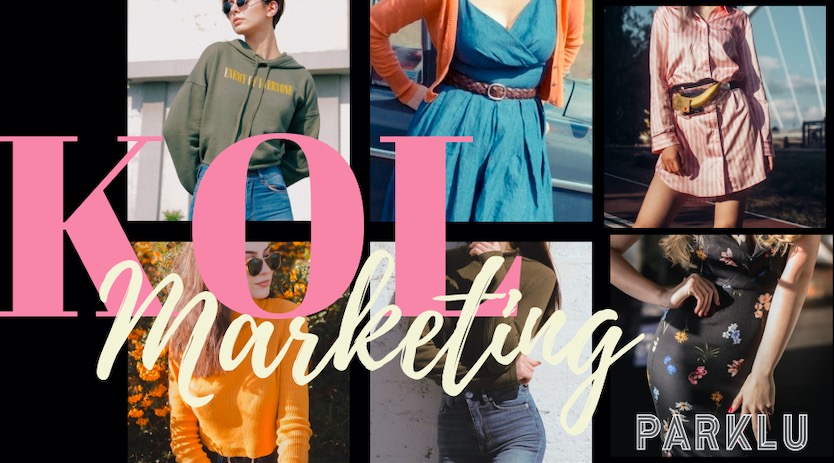
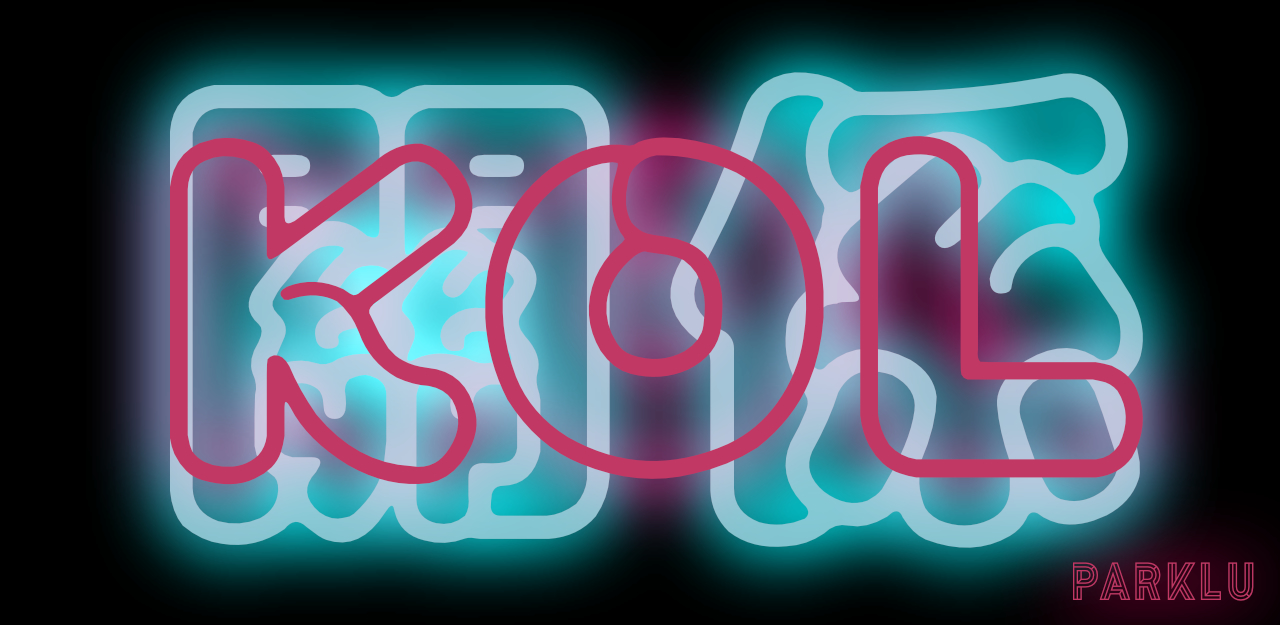
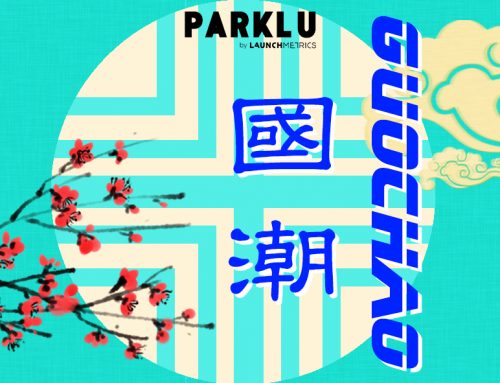
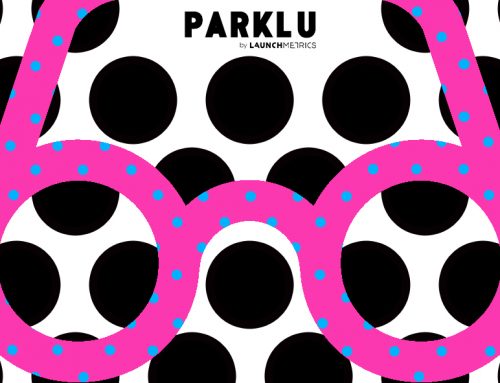

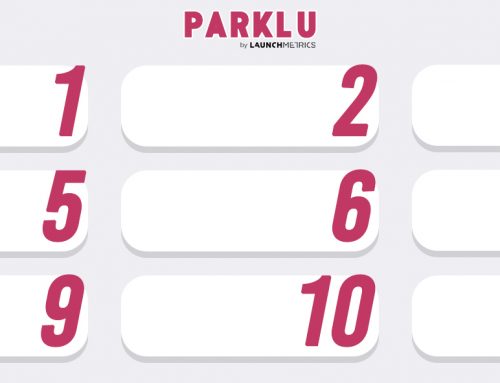



Leave A Comment